BMT say it has developed WYVERN SSK to meet the requirements of customers looking to establish a new submarine capability or to upgrade existing platforms to a more competent design based on 21st century technology.
According to the company:
“With many nations facing budget constraints, WYVERN offers a capable, credible and cost-effective SSK solution covering the full spectrum of demanding roles from ASW, ASuW, ISR and Special Forces to training and emergent tasking.”
The philosophy behind WYVERN places considerable emphasis on taking a simplistic approach to design. We understand that the design is based on a generic requirement set, underpinned by open source design standards, equipment suppliers data and an assumed end user concept of operations.
BMT say that the use of commercial off-the-shelf (COTS), military off-the-shelf (MOTS) equipment and allowing flexible equipment specification affords greater design tailoring to meet the varied requirements of prospective end users.
According to the company, the key features are:
• Improved resilience to weapon effects enabled by a double hull cross section
• Maximised payload and weapon fit for high mission effectiveness
• Extended submerged endurance and reduced susceptibility
• Adaptable AIP system options depending on customer technology preferences
• Sea-going capability with maximised radius of operation and mission endurance
• Maximum manoeuvrability and slow speed control to assist shallow water operations




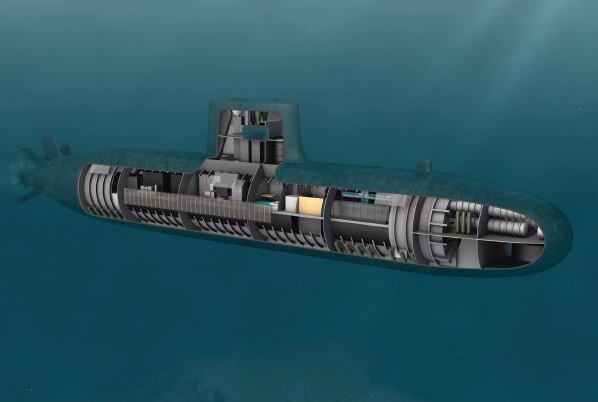
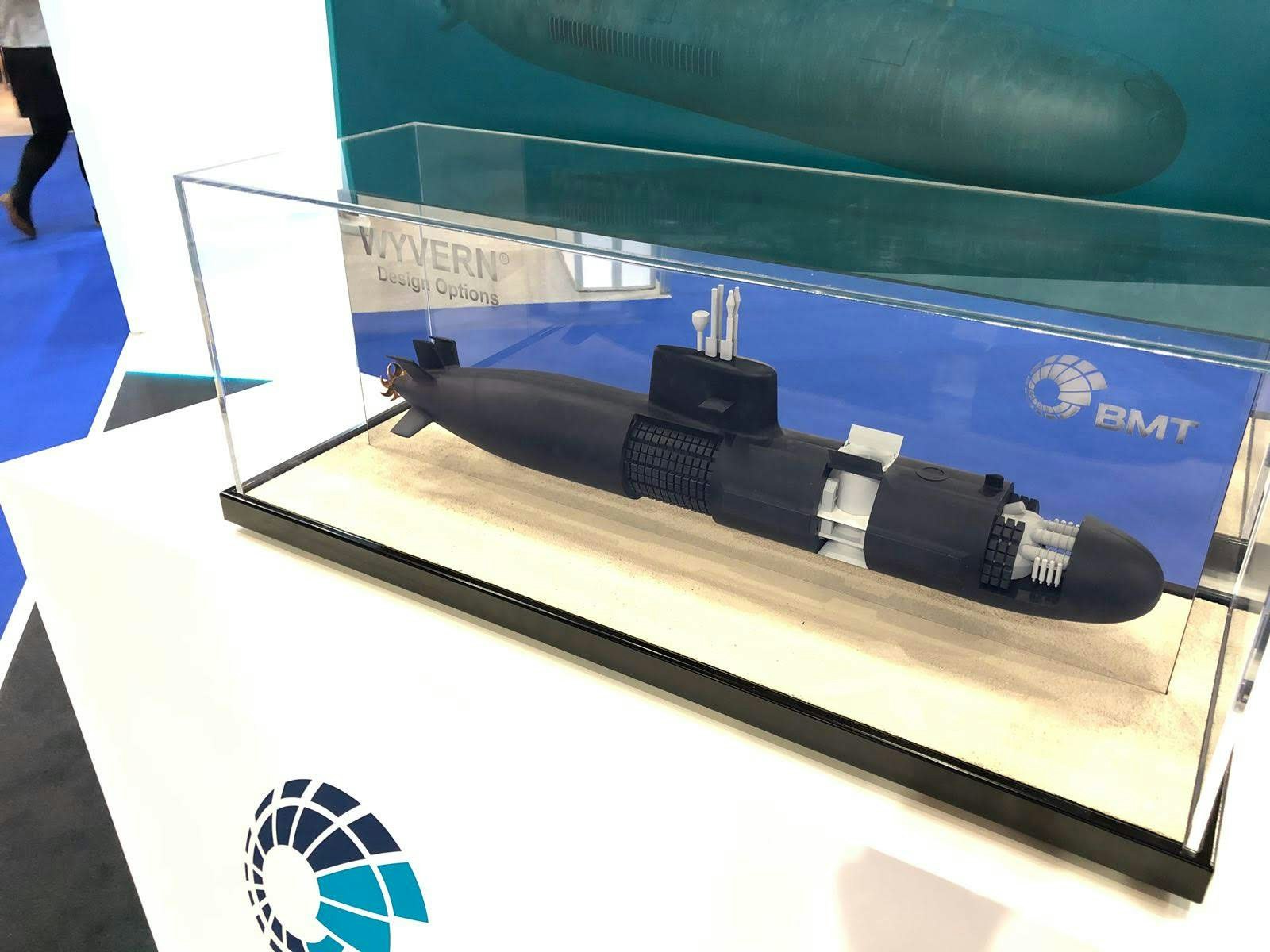


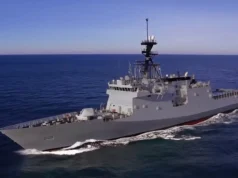
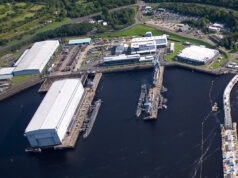


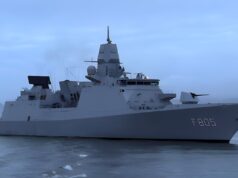
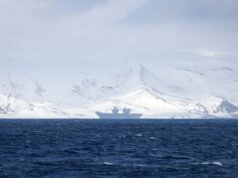
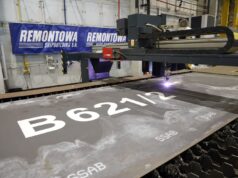
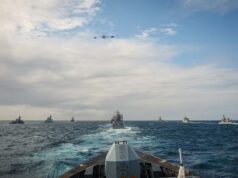

Looks good- I have thought for a while that the RN could do with a tiered submarine fleet- a few SSKs would be great to get commanders used to underwater warfare before graduating upto our fleet nuclear submarines costing billions
Plus with only a crew 15 (plus a few trainees possibly) it likely wouldn’t break the bank regarding manpower if the current crisis can be regarding manpower can be sorted out.
Agree, a few of these to boost our submarine numbers cheaply.
lets start with a dozen
all very well, but with a single costing £4.1 billion how much would the BMT offering cost? this same company produced the svnator design for the t31 tender and have yet to come clean on their costs
Would love to have some of these (or similar). But not until we’ve enough Astutes.
Imagine, you could man 7 or 8 of these for the crew of a frigate. 7 subs, rotating on the rule of 3, we could maintain a minimum of 2 and more likely 4/5 with submarines in the North Sea and Atlantic as a conventional deterrent to Russia. It would also keep the Astutes safe from training exercise errors like the one that wrote Ambush (?) off for an age at great expense, and would free up our SSNs for operations further abroad and with the carrier group.
What a perfect, affordable, practical, force multiplying solution to current RN submarine issues. An affordable multiple purpose hunter, killer, recon. special forces bit of kit. We can forgo the sub launched missile capability in this case. Where could we build them? I wonder.
A conventional submarine? I imagine it wouldn’t need many more specialist skills than a frigate, and any shortfall could potentially be made up by recruiting from BAE or preferably Europe, where SSKs are a lot more common. As for where to build them, BMTs recent partnership with Babcock may offer the opportunity to use the Appledore facilities.
Agree, or Cammel Lairds was still building these in the 1990s, or A & P Tyne could.
How much do they cost?
I love the idea of a fleet of small ssk’s to monitor and defend home waters, and this could be just the ticket. But are they big enough to offer enough capability, are they stealthy enough and would they be able to compete with a Russian sub entering our waters?
If due to their size they are super quiet, can pack a decent punch and come in at around £100 mill a pop we should seriously consider it if we get an uplift in defence budget, say 8-10.
However, I do feel this is an area we could cash in on some decent exports if we designed something a bit more revolutionary in concept, and could also launch and control smaller submersibles. Smaller nations would show interest I’m sure.
I also think we would get export success in this field. Germany has had excellent export success with their Type 209 diesel electric submarines with 61 being exported for 13 countries, and their newer Type 214 diesel electric subs with 23 exported to 4 countries so far.
I would leave the Russian subs to the Astutes, I would use these for the less demanding missions.
The purpose of SSKs is multi mission. Their small size and low operating costs enable them to excel at special forces insertion, reconaisance, stealthy advance to contact with surface and sub surface threats. An SSK loitering in shallow waters, where an astute cannot go, is a very dangerous foe.
SSKs can sit off an enemy’s naval base and monitor ship movements and sink anything coming out or into the base that is identified as a high priority target.
Alternatively an SSK can shut down key choke points like Gibraltar straight just by being in the area and sinking targets of opportunity.
The wyvern design looks very stealthy and first rate. BMT designers really are producing some of the best and most cost effective designs in the world right now.
I agree with the comment about leaving high performance Russian nuclear boats to astute and US Virginia class subs. A wyvern would not be able to match them for sensor power, speed, endurance or depth of dive. The Russian kilo and improved kilo though would be nice tasty fodder for a wyvern.
We should get 6 or 7 perhaps, just as long as their cost is in the £100-200 million price bracket. They will supplement the astute class very well.
I doubt we’ll ever go down this route but BMT have some great ideas. Not every warship has to cost a billion pounds to be useful
This does look good. I also wonder about cost. Pretty decent and usable range and endurance for the size too.
Talking of size though, I’d love to see some relatively detailed schematics of the crew quarters and other living areas. With a 4.5m pressure hull diameter, 46m length and by the look of the schematics above maybe only a max of half of one deck being open habitable areas (as opposed to tankage or machinery/weapons rooms), and that includes the control room, it must be awfully cosy in there with 21 people on any mission getting close to the endurance limit of 20 days.
SSK’s would be a valuable addition to the RN. I wonder how this design stacks up against the German and Swedish designs
The design of this boat easily makes it possible to upgrade to a larger boat with 20 crew, say about 1100 tons. It would be great to have 8 Astutes and 4-6 SSKs, which could defend waters around the UK. Of course it would be great to have a bigger RN and RAF and Army too, long as we are dreaming. And a squadron of Vulcan 2 bombers, 2 more T45s….
The problem with SSKs is endurance and speed. Even modern IAP designs are no match for SSNs in the tactical game. They would lose every time. But they do have a use. In shallow, confined waters and choke points they suddenly gain the upper hand and if properly crewed can become awesome weapons. Against other submarines or surface vessels, it doesn’t matter which. So they are primarily a defensive asset and would be very good at defending U.K. continental shelf waters, protecting entry and exit points for our SSBNs and other submarine and surface units and around the Channel, U.K.-Faroe-Iceland Gaps as well as the waters to the west of Scotland and Northern Ireland. This would free our SSNs to go hunting whoever wherever. But it will never happen. If any additional moneys were ever to materialise the RN would have more Astutes. Which is probably the right decision.